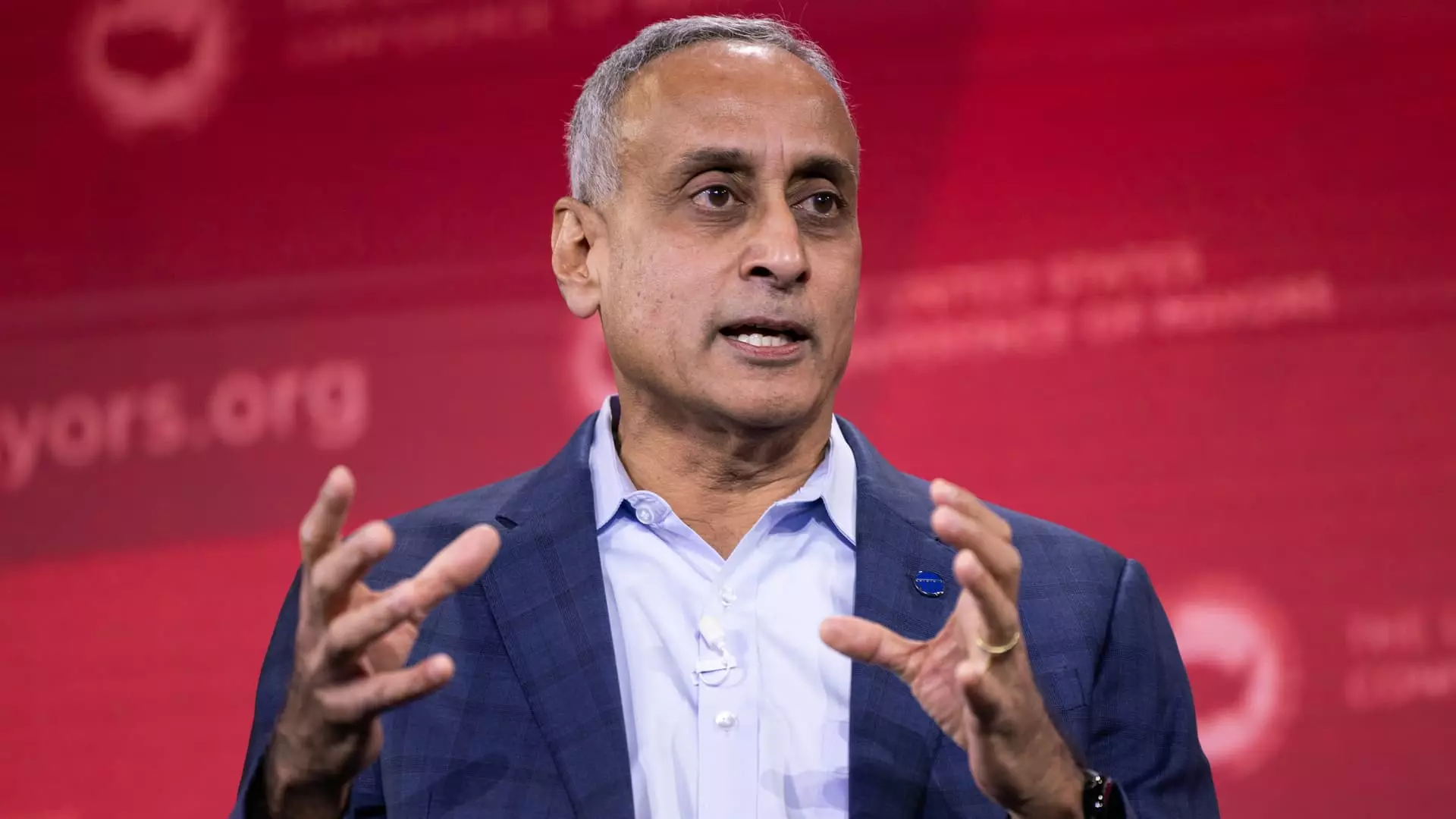In a notable shift within its upper management, Google has decided to replace Prabhakar Raghavan, the company’s search and ads chief, with Nick Fox, marking a significant transition in leadership. This decision, communicated by Alphabet’s CEO Sundar Pichai, is a reflection not merely of individual capability but an overarching strategy aimed at positioning Google more robustly in the fiercely competitive landscape of artificial intelligence and technology. With Raghavan being appointed as chief technologist after over a decade of service, it is evident that his contributions have set a solid foundation for the next phase of Google’s evolution.
The changes appear to symbolize Google’s need to adapt swiftly to technological advancements while navigating legal challenges, particularly surrounding antitrust issues associated with its search and advertising operations. Pichai acknowledges the necessity for evolution, emphasizing that Raghavan’s new role aims to enrich the company’s technical prowess while fostering a culture of excellence in technology. The focus on agility and innovation cannot be overstated in an era where tech giants are racing towards AI dominance.
Nick Fox’s elevation within the ranks of Google comes at a time when his deep-rooted experience is invaluable. Having joined the company in 2003, Fox has contributed to various sectors, including the Assistant product and the advertising unit, where he has developed a nuanced understanding of Google’s operational mechanisms. Pichai pointed out Fox’s pivotal role in shaping the AI product roadmap, which makes his leadership particularly strategic as Google pivots to address the urgent demands of machine learning and AI integration.
This internal transition is not just about leadership change; it inherently reflects a cultural shift within the company. In his new capacity, Fox will oversee the Knowledge and Information division, emphasizing Google’s initiative to forge a closer alignment between its search capabilities, advertising, and commerce platforms. By clustering talent in specific domains, Google is enhancing collaboration and efficiency, ultimately aiming for quicker deployment of innovations to retain market leadership.
In conjunction with the leadership changes, Pichai also announced the integration of teams advancing Google’s Gemini app into Google DeepMind, led by AI pioneer Demis Hassabis. This merger aims to consolidate resources and foster rapid development cycles in the ever-evolving AI sphere. Such strategic alignments indicate a robust commitment from Google to not only enhance internal synergies but also to become more responsive to the demands of consumers and businesses alike.
Moreover, Pichai’s remarks regarding the shifting market dynamics highlight a recognition of the new realities facing tech companies. As Raghavan pointed out, the landscape has transformed significantly, necessitating a reevaluation of approaches that were previously effective. The ongoing integration of AI presents both challenges and opportunities; by restructuring its teams and elevating leaders adept in these innovative domains, Google is clearly positioning itself for future growth.
As Google enters this new chapter under the leadership of Nick Fox and with Prabhakar Raghavan stepping into a new role, the company demonstrates a proactive strategy aimed at navigating technological advances and competitive pressures. By prioritizing a structured approach to its AI initiatives and fostering internal collaborations, Google not only aims to enhance its service offerings but also to solidify its standing in the tech industry for years to come.


Leave a Reply